After writing about food for nearly a decade, and researching a book about Italian food in America, I finally decided to investigate the matter. I had never purchased Italian seasoning. None of the Italian-themed cookbooks I had ever called for it. I’m fairly certain that “Italian seasoning” does not exist in Italy, either. And, it is doubtful – at least I hope it is doubtful – that the Italian restaurants you are visiting are using Italian seasoning.
So, what is it? What is Italian seasoning? Consulting a few reference materials and then labels at the supermarket, the dried herbs that comprise Italian seasoning usually include some combination of the following: black pepper, parsley, oregano, garlic powder, basil, onion powder, red pepper flakes, marjoram, sage, rosemary, savory, thyme, and coriander.
Of these, only black pepper, red pepper flakes, and dried oregano are widely used in Italian cooking. Black pepper is used everywhere. Red pepper flakes – often called pepperoncino – can be found in much of the south and Abruzzo, and, more so, in every pizzeria in America. Oregano is a staple of southern Italian cooking, especially that of Naples and the surrounding region of Campania. Fresh basil is also extremely popular in southern, Sicilian and Ligurian cooking. Dried basil, not really. Fresh rosemary is used throughout Italy, often for roasted meats and grilled fish. Fresh sage is used Tuscan preparations, the popular ravioli or tortelli in a sage-butter sauce, and the classic Roman trattoria dish, saltimbocca. Fresh thyme is also used occasionally in Italian cooking.
Italian seasoning is easy to make at home, especially if you limit the mix to four ingredients like dried basil, dried oregano, dried sage, and dried thyme. But, then again, why would you want to make it in the first place?
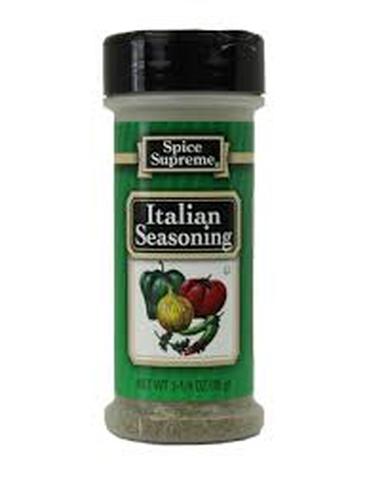
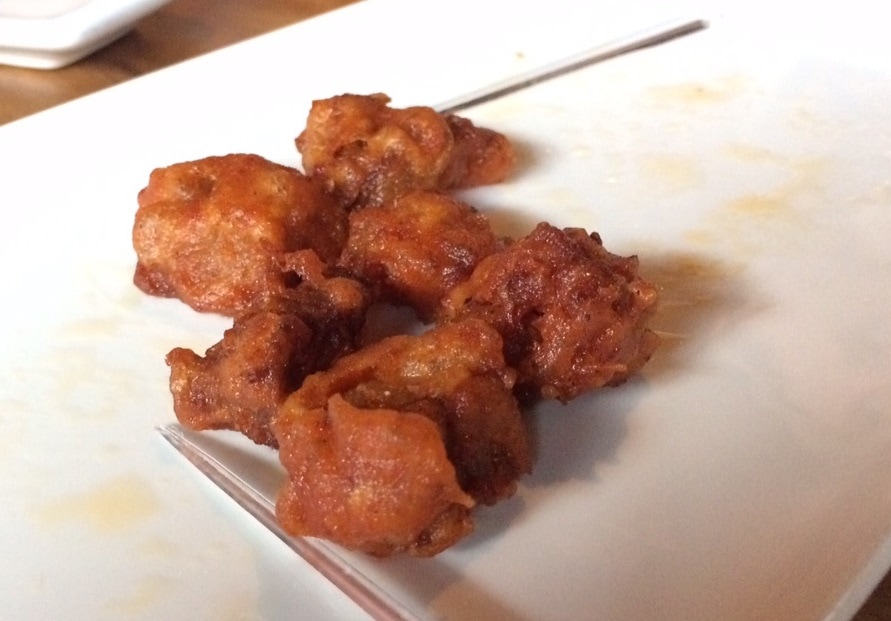
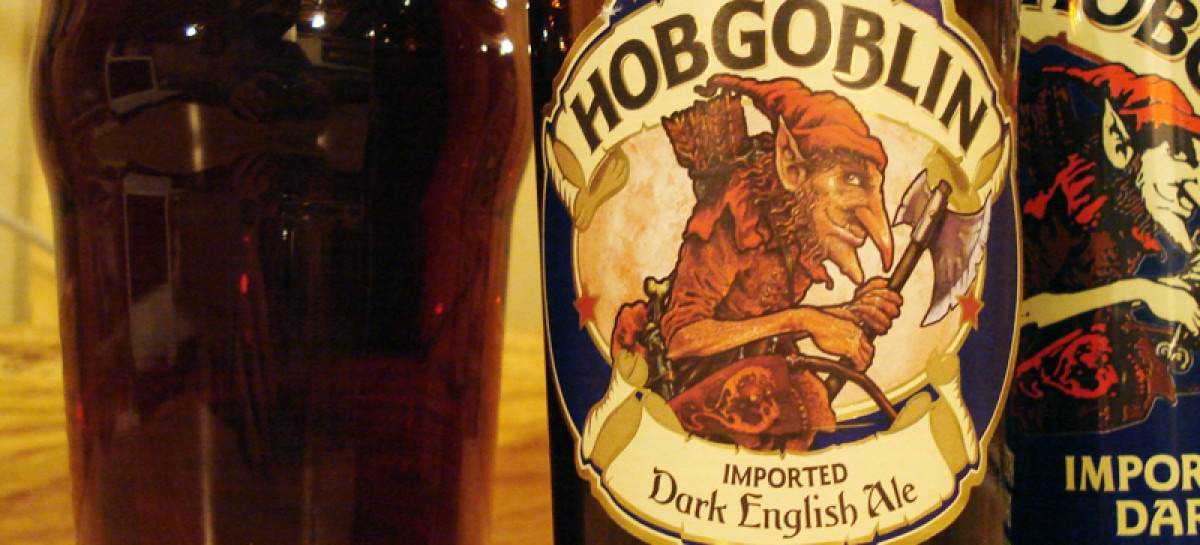
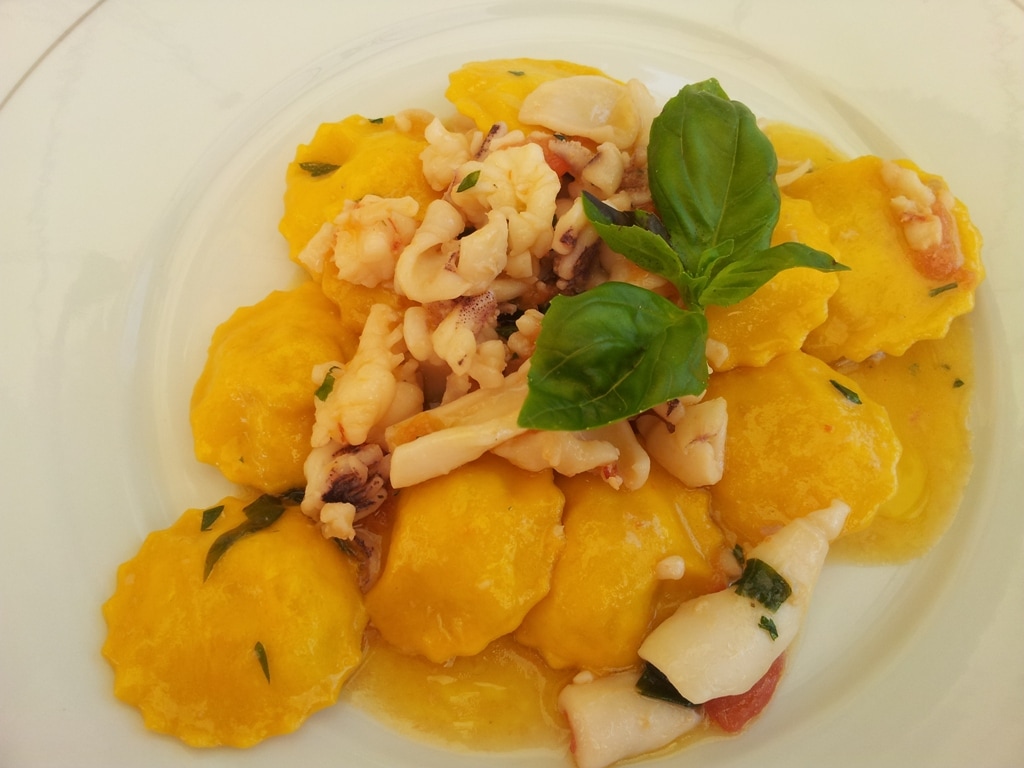
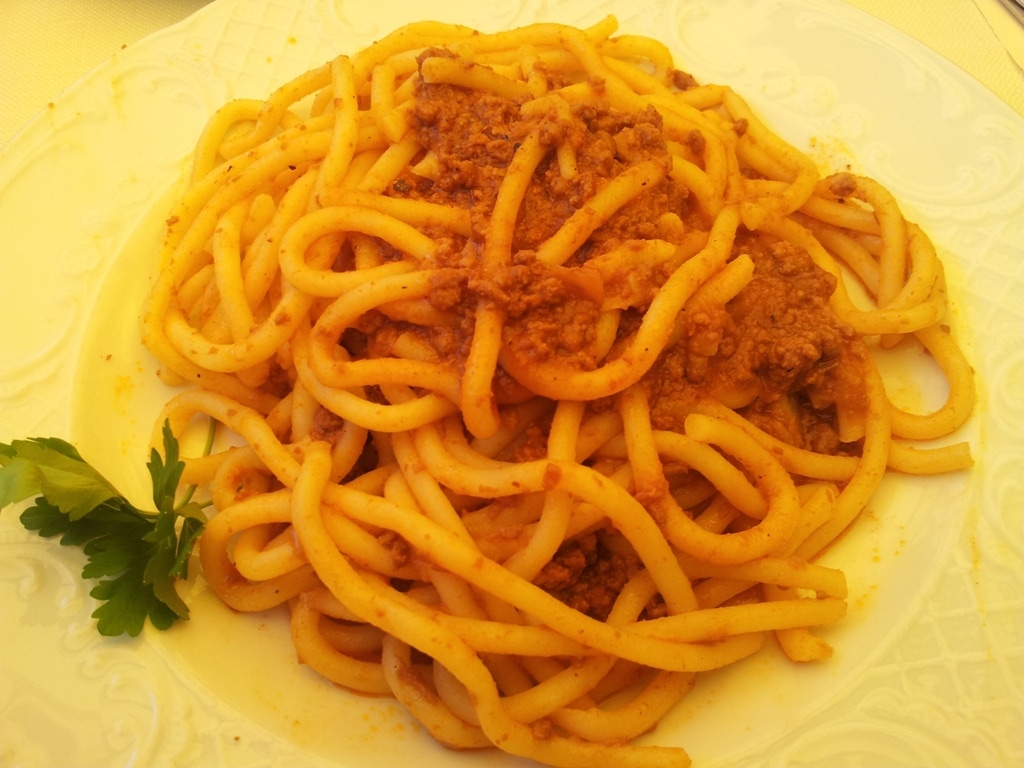
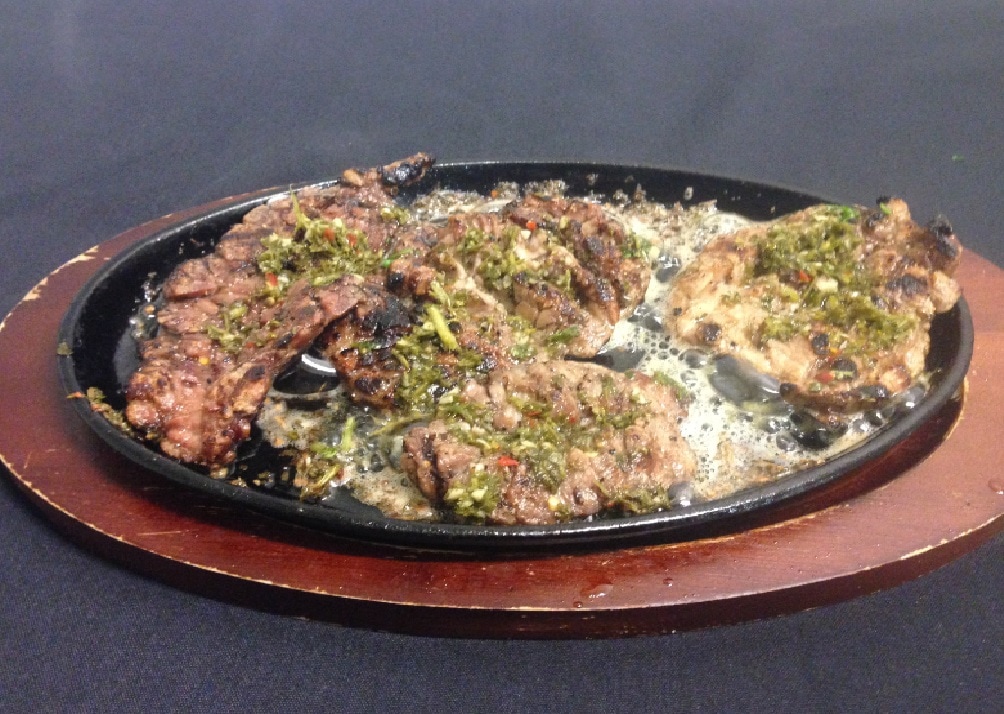
 RSS Feed
RSS Feed

